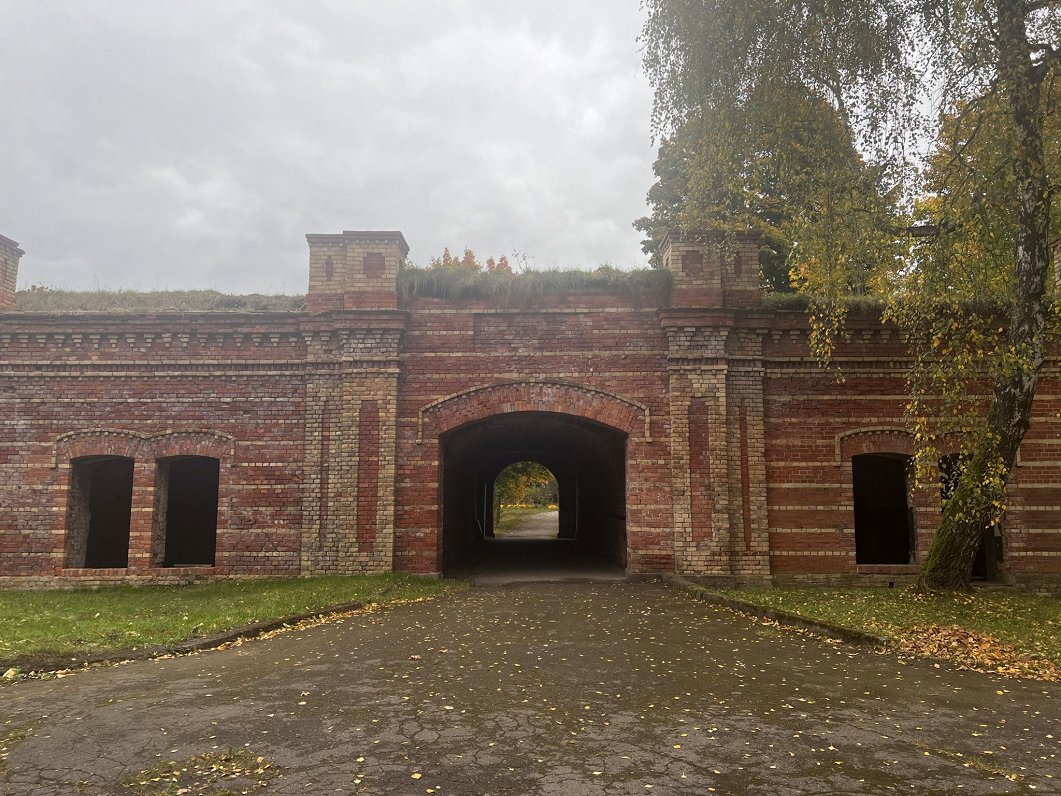The National Cultural Heritage Administration had already prepared the concept for the preservation and development of the architectural monument of national importance a year ago, but the responsible Ministry of Culture has still not said whether the concept is a valid one or not.
The ministry claims that it is considering other proposals on how to develop Latvia's most significant and to this day the best-preserved 17th-century military construction monument. Meanwhile, the Riga City Council is standing still in these negotiations.
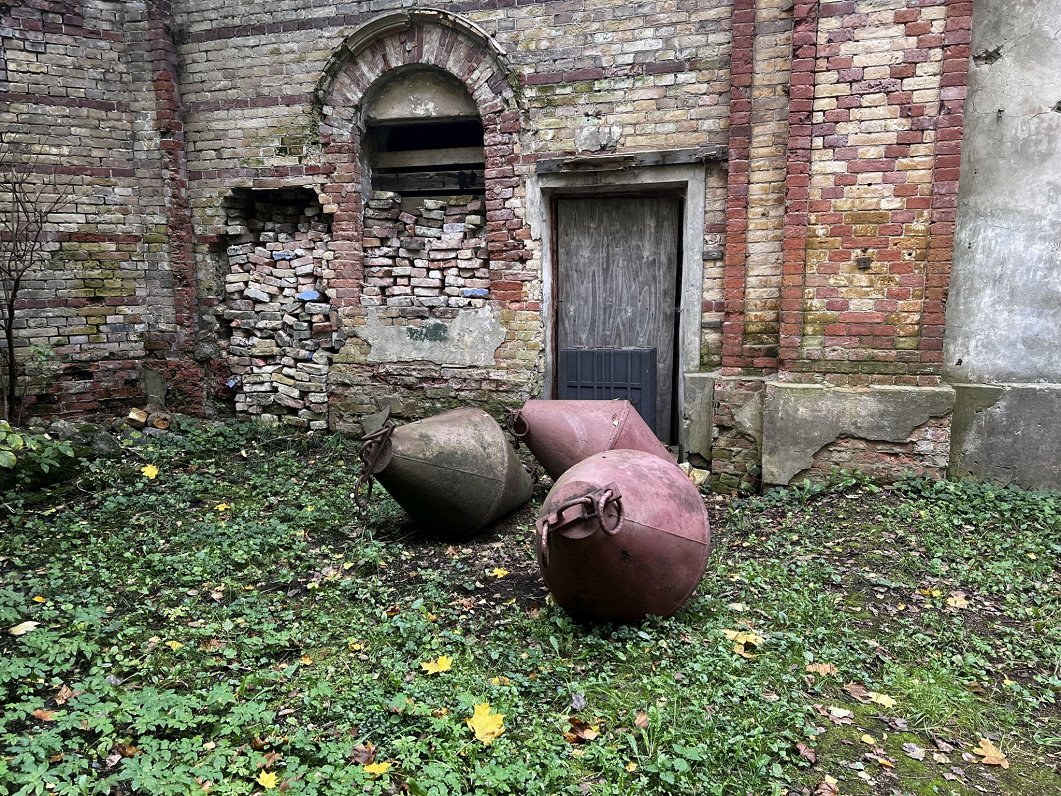
Located on the left bank of the Daugava, the more than 20-hectare site of Daugavgrīva Fortress was built during the era of Swedish dominance when much of present day Latvia was part of the Swedish Empire, and features the striking 'star' fortifications of that era.
The site has been maintained by the association "Bolderājas grupa" ('Bolderāja group' – Bolderāja is the adjacent Rīga suburb) for more than nine years. Its board member Sandra Jakušonoka says that the fortress is visited by a lot of people on weekends when it is open. During autumn holidays, even several hundred people visit here and over the course of the year many thousands.
"Families with children come here, especially because the entrance is free and it is an opportunity for the family to be together for a long time in a place where they can feel quite free," Jakušonoka said.
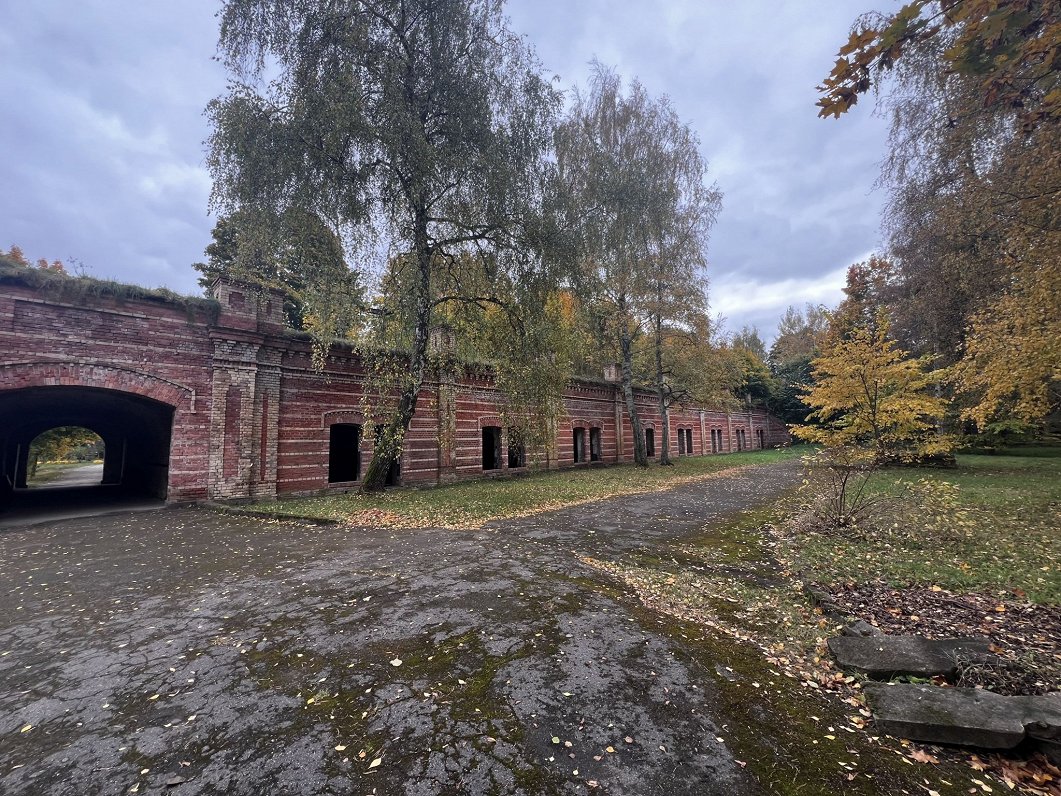
However, visitors need to be careful – in many places the historical heritage is crumbling and in some places you have to look under your feet to avoid tripping. It by no means meets modern European standards for a major tourist attraction.
In Soviet times, units of the Baltic Fleet of the USSR were stationed in the fortress until the withdrawal of Russian troops. Later, the area was controlled by the National Armed Forces, but in 1999 it was decided to privatize the historical site. The architectural monument of national importance was leased by the company "Aumeisteru muiža", with which the state concluded a contract for 49 years. But a court terminated the contract in 2013 because the lessee did not fulfill the conditions of the agreement. Since then, the fortress has been managed by a public asset manangement company under the remit of the Ministry of Economics.
In 2022, the Ministry of Economics proposed to keep the fortress in state ownership, however, no institution wanted to take responsibility for it given the size of the site and the potential expense of maintaining or developing it.
The Culture Ministry and National Cultural Heritage Administration (NKMP) were tasked with developing a concept of what to do with the fortress by November 2023.
The NKMP submitted the development concept of the Daugavgriva fortress to the Ministry of Culture a year ago – within the set deadline. Specialists suggested that the first Maritime Museum in Latvia could be created in the fortification in the future.
Estonia and Lithuania both have large, striking maritime museums at historic sites – in the case of Lithuania, it is even in a similar fortress. Despite its rich maritime heritage, Latvia has no equivalent museum.
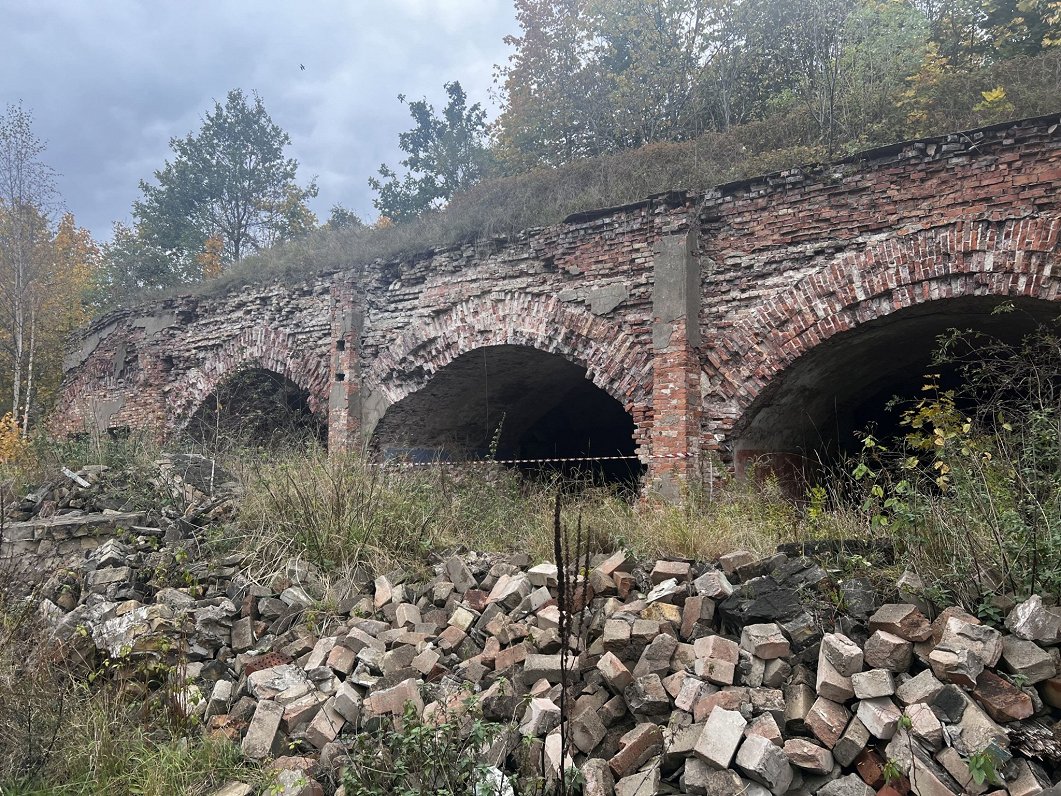
The NKMP suggested for example, a contemporary environmental art center, an exhibition of cultural and historical objects recovered from the waves, restoration workshops and a craft training place for the fortress. The costs were estimated as at least 50 million euros.
The works could be carried out in stages says Anna Ancāne, head of the Department of Architecture and Art of the NKMP: "We have a very good example that we should remember to look at, which is the Daugavpils fortress. There is exactly the same situation, that initially dangerous, abandoned, degraded places have become an extremely attractive object [the Marc Rothko Art Museum]... So far, we have not received any comments on this concept."
At the moment, the ball is in the Ministry of Culture's court, confirms Anna Ancāne.
However, according to Latvian Radio, there is not much evidence of enthusiasm for the plan at the Ministry of Culture.
The Council of Museums has criticized the proposal, saying that the idea cannot be supported in the current circumstances, because it is not known who will establish the proposed Maritime Museum, what the exposition will contain and how the collection will be formed. In addition, a new museum will require a lot of money. Therefore, the ministry is looking for alternative solutions, while preserving the idea of a museum.
Baiba Mūrniece, Deputy Director of the Culture Policy Department of the Ministry said: "There could still be a solution - to implement the management, preservation and development of the Daugavgriva fortress together with a public organization. But it would be at a less ambitious level than it would be in connection with the Maritime Museum."
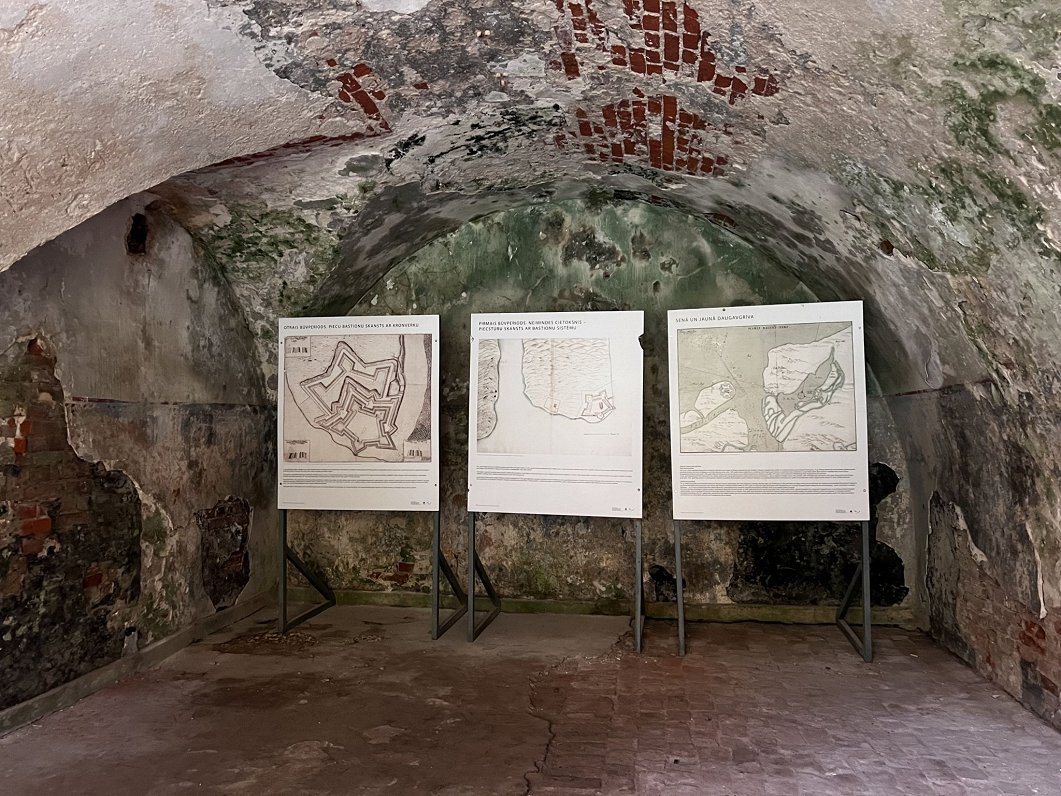
Another option would be to sell – if a buyer could even be found for such a vast site with numerous restrictions related its historically important status – but the Ministry is opposed to that at present.
"The main goal of the current discussions is to ensure the accessibility of the Daugavgrīva fortress to the public," said Mūrniece.
Mūrniece thinks that the final option, which will be forwarded to the government, will be reached within half a year.
On the other hand, the NKMP notes that its concept has already been sitting with the Ministry for a year. It also expressed surprise that the Council of Museums, which is an advisory body, did not support the proposed Maritime Museum.
"It is, of course, bad that institutions do not communicate with each other," said Sandra Jakušonoka, of the Bolderāja Group, which maintains the fortress at present. She categorically opposes the option of expropriating the historical site, as the previous experience of doing so was a failure, and is supportive of the idea of a maritime museum: "We have expressed our readiness to do everything and to cooperate as much as possible so that this object is preserved as a cultural heritage object that is publicly available to the public," she said. She also noted that other big ticket items in Rīga such as a new concert hall and museum of contemporary art are also vying for funds, so it might be a case of "waiting in line" for some time to come.
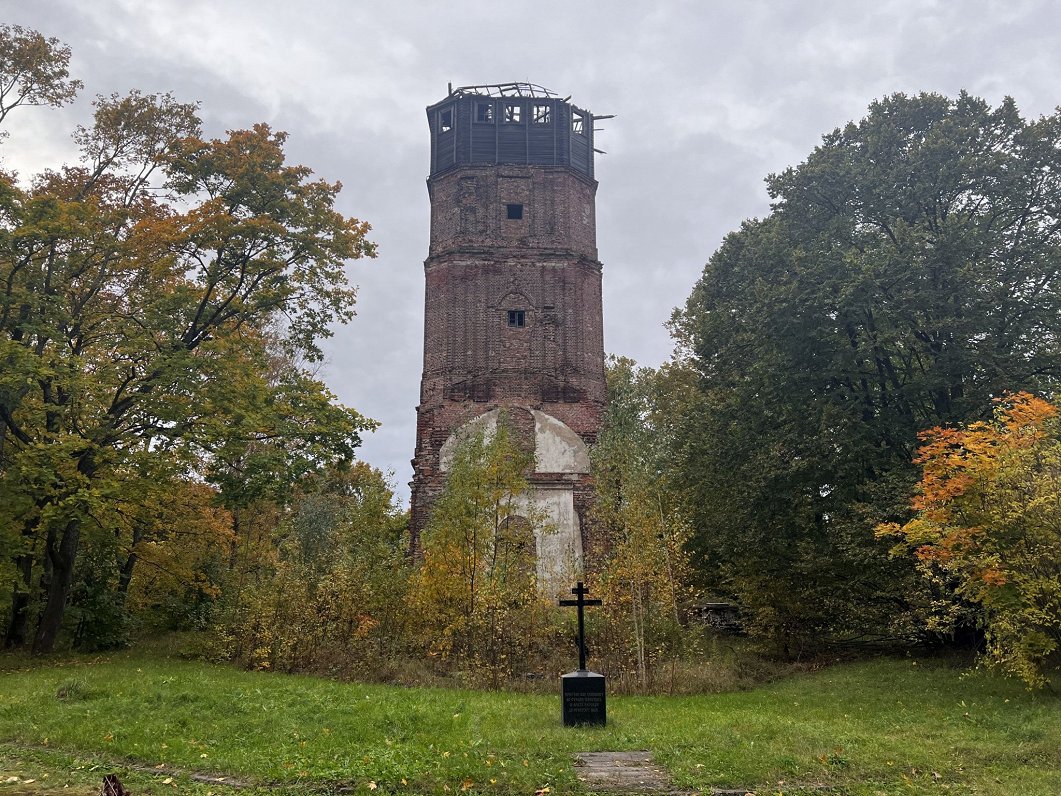
As for Rīga City Council, for the time being it doesn't want to get involved, despite the fact that the fortress is on city territory.
The head of the municipality's cultural-historical material heritage commission, city council member Rita Našeniece (New Unity) admits that the capital has little experience in attracting European money to protect cultural-historical heritage: "The municipality looks at this fortress very, very practically. The Daugavgrīva fortress is an outstanding object of military heritage. It is a big part of the city. It must be clear what we do with it... If Riga copes with its existing heritage objects and also understands how to integrate the heritage object with European funding opportunities, which is very important, I have a feeling that the city will have to return to the question of taking over the Daugavgrīva fortress in the future," she said.
When the municipality might take over the fortress in Daugavgrīva, Našeniece did not know. Meanwhile the future of the fortress remains unclear, and this year the state has allocated a mere 19,000 euros for its conservation – slightly less than 1,000 euros per hectare.
